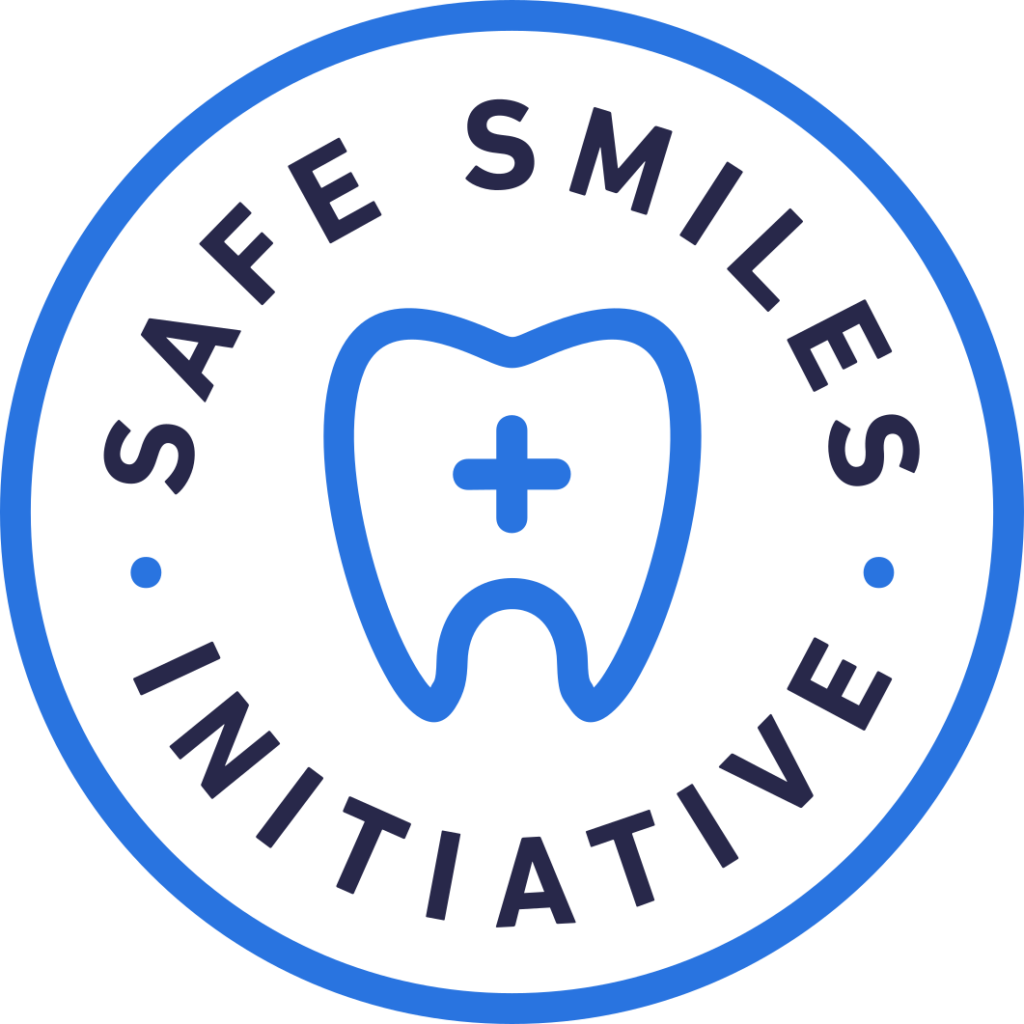TRADITIONAL ORTHODONTICS – MANCHESTER, CT
The Tried And True Path To Straighter Teeth

Why Choose First Line Dental For Traditional Orthodontics?
ON-STAFF ORTHODONTIST
WEEKEND AND EVENING APPOINTMENTS AVAILABLE
FRIENDLY, ATTENTIVE DENTAL TEAM
How Do Traditional Braces Work?
What Smile Problems Can Traditional Braces Treat?
Crowded Teeth
Spaces Between Teeth
Incorrect Bite Alignment
Benefits Of Traditional Braces
Traditional braces offer a number of outstanding benefits:
- This treatment is suitable for patients of practically any age, and it can address the vast majority of orthodontic problems.
- Since the braces will be bonded to your teeth, you will never have to worry about forgetting to wear them.
- Self-expression. Many young patients love to choose fun colors for their brackets and elastics, while mature professionals tend to gravitate toward more neutral hues. (Of course, there is nothing to say that adults cannot choose bright colors too!)
- You might feel some soreness when you first get your braces and when you get them adjusted. However, most patients find that the entire experience is more comfortable than they first anticipated.
- Cost-effectiveness. Traditional braces tend to come with a lower price tag than clear aligners and other orthodontic treatments that have a heavy focus on aesthetics.
Understanding The Cost Of Traditional Braces
As noted above, traditional braces are relatively low-cost. The price of your treatment will depend on the severity of your dental misalignment, the extent of your insurance coverage, and other factors. Our team will provide you with a cost estimate during your consultation. We can also help you explore payment options. Below, you will find more information about the cost of traditional braces in Manchester.
Factors That Affect The Cost Of Traditional Braces
Some factors that can influence the cost of traditional braces include:
- The severity and complexity of your case. More complex and severe cases require more time to address. They might also need more frequent appointments in our office and more accessories than simpler cases. Logically, such factors can lead to a higher overall cost.
- Your age. The teeth of adults tend to be slightly more difficult to move than those of children. Older patients may end up paying slightly more than adolescents and children.
- Compliance with treatment guidelines. If you break your braces, forget to use certain accessories, or make other mistakes during your treatment period, you may end up with a higher overall cost.
Professional Braces Vs. Diy Braces: Which Costs More?
You may have seen experiences of people on social media who used household items, such as paperclips and superglue, to straighten their own teeth. While such so-called “hacks” might seem like a clever way to save money, extreme caution is in order.
First, remember that the materials used in DIY braces can cause problems. For example, superglue can irritate oral tissues and may even make you sick. Second, keep in mind that moving teeth can be a complex process. You might accidentally end up moving your teeth in the wrong direction. Ultimately, you could end up having to pay more to have a dentist to correct issues caused by DIY orthodontics. It is wiser to invest in professional braces right from the beginning.
Does Dental Insurance Cover Braces?
Dental insurance plans can take vastly different approaches to braces. Some policies cover them only for minors (typically with an age limit of 18 or 21), while other policies offer no orthodontic coverage at all. A few premium plans are willing to cover braces for adults. Typically, such plans will pay for 50% of the price of treatment, up to the amount of your lifetime orthodontic maximum. Potentially, this provision could help you save hundreds of dollars — or more — on your treatment.
Options For Making Braces Affordable
Our team is ready and willing to help you navigate your dental insurance benefits. We also offer a few other provisions that may make it easier to fit braces into your budget:
Most patients are eligible for low-interest financing through CareCredit.
We periodically offer promotions to help patients save on braces. Contact us to learn if we have any current deals you can take advantage of.
Are you ready to learn more about the financial aspect of braces? Schedule a consultation with First Line Dental today!
Traditional Braces Faqs
Am I Too Old To Get Braces?
It is true that braces are often associated with youth. However, there is no upper age limit for this treatment. In fact, a significant percentage of orthodontic patients are adults!
Treatment for younger patients and adults is largely the same. However, braces may take slightly longer to work for older individuals because their bones tend to remodel more slowly than those of young people. Another slight difference relates to insurance coverage. While many policies cover orthodontia for minors, they are less likely to do so for adults. If you would like help to manage the cost of your treatment, ask us about financing options.
What Happens After You Get Your Braces Off?
How Long Do Traditional Braces Take?
It usually takes 1 – 3 years for braces to complete their work. Your treatment timeline will depend primarily on the degree of your dental misalignment. Logically, more severe and complex cases tend to take longer to correct. Other factors that can influence the length of treatment include:
- Your age. Older patients’ cases tend to take longer.
- Compliance with treatment guidelines. If you forget to wear certain accessories or accidentally break your braces, it may extend your treatment timeline.
Do Traditional Braces Hurt?
Orthodontic treatment is effective because it applies consistent pressure to the teeth. Therefore, some soreness is to be expected, particularly when braces are first put on the teeth or after an adjustment appointment. The metal portions of the braces may also cause some irritation. Here are some easy things you can do to cope with discomfort:
- Take over-the-counter pain medications as needed.
- Sip on cold water.
- Eat mostly soft foods.
- Use orthodontic wax to cover parts of your braces that irritate your tongue or cheeks.
Ready to book an appointment?
Book a consultation today or make an appointment using our convenient online appointment scheduler.
Open Hours

Book your appointment today.
238-c Tolland Turnpike, Manchester Ct 06042
Call our office at (860) 327-5990


